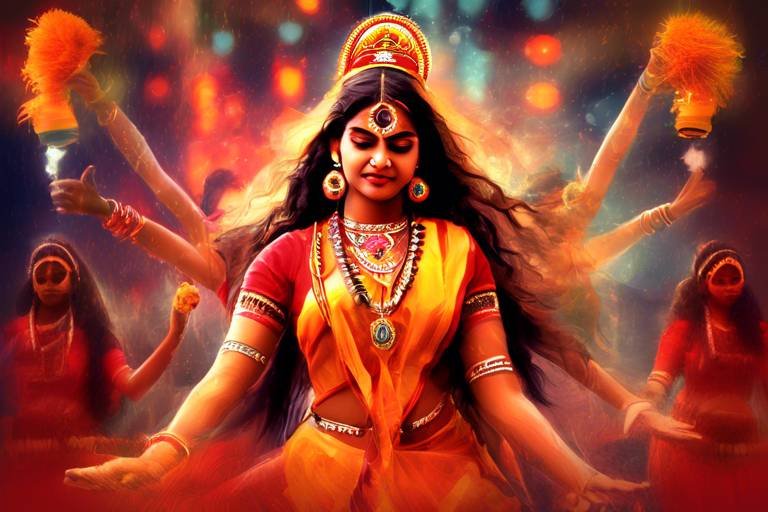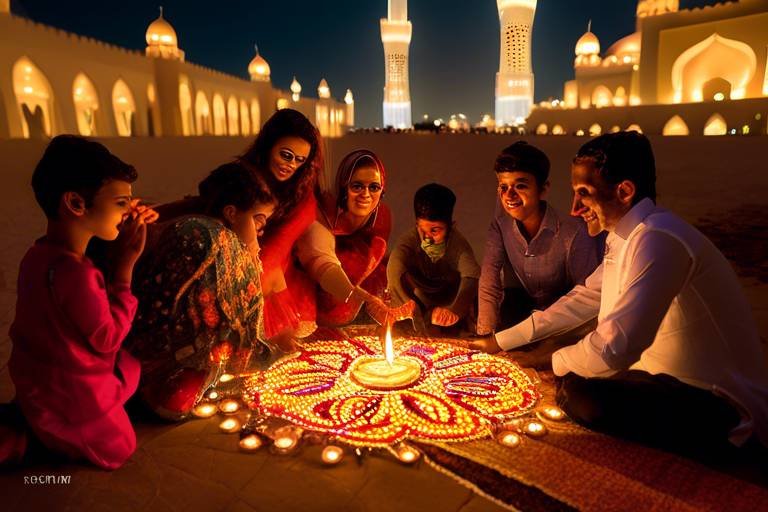Carnival in Trinidad and Tobago - The Ultimate Caribbean Party
The Carnival in Trinidad and Tobago is not just any ordinary celebration; it is the Ultimate Caribbean Party that captivates the hearts and souls of all who experience its magic. This article delves into the rich tapestry of culture, music, and revelry that defines this world-renowned event, offering a glimpse into the vibrant festivities that make Trinidad and Tobago Carnival a truly unforgettable experience.

History of Trinidad and Tobago Carnival
The history of Trinidad and Tobago Carnival is a vibrant tapestry woven with the threads of tradition, culture, and celebration. Originating from the fusion of African and European customs, this annual event has evolved into a world-renowned extravaganza that captivates both locals and visitors alike.
Trinidad and Tobago Carnival traces its roots back to the 18th century when French plantation owners and their slaves would hold elaborate masquerade balls and street parades before the Lenten season. Over time, these festivities merged with African traditions of music, dance, and storytelling, creating a unique cultural expression that continues to thrive today.
The Carnival celebrations were further enriched with the arrival of indentured laborers from India, China, and the Middle East, adding a kaleidoscope of flavors, colors, and rhythms to the festivities. This cultural fusion transformed Trinidad and Tobago Carnival into a melting pot of diversity, where people from all walks of life come together to revel in the spirit of unity and joy.
Throughout its history, Trinidad and Tobago Carnival has weathered various challenges and changes, yet its essence remains unchanged - a jubilant celebration of life, creativity, and resilience. From the traditional Canboulay riots to the modern-day soca music and steelband competitions, the Carnival continues to evolve while staying true to its rich heritage.
Today, Trinidad and Tobago Carnival stands as a testament to the enduring spirit of the Caribbean people, showcasing their passion for life, love of music, and commitment to preserving their cultural legacy. It is not just a festival; it is a way of life, a moment of pure euphoria that transcends boundaries and unites hearts in a symphony of celebration.
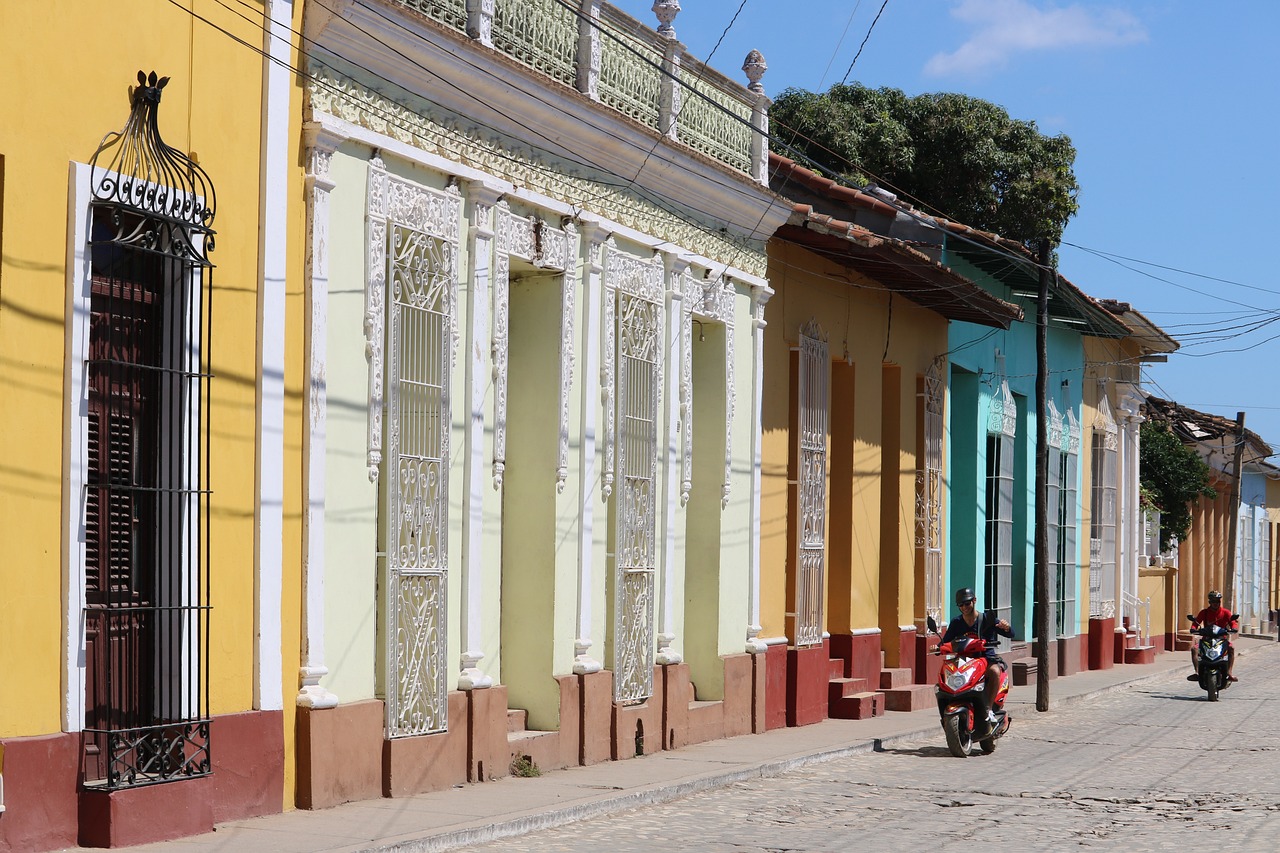
Costumes and Masquerade Bands
When it comes to the Trinidad and Tobago Carnival, one of the most captivating aspects is the stunning array of costumes and the mesmerizing masquerade bands that take center stage. These elaborate costumes are not just outfits; they are works of art that reflect the rich cultural tapestry of the islands.
The costumes worn during Trinidad and Tobago Carnival are a sight to behold, with intricate details, vibrant colors, and elaborate designs that showcase the creativity and craftsmanship of the masquerade bands. Each costume tells a story, representing themes ranging from historical events to folklore and mythology.
Participating in a masquerade band is a unique experience that allows individuals to embody a specific character or theme through their costume. These bands often have a theme that unites their costumes, creating a visually cohesive and impactful presence during the festivities.
Imagine a sea of feathers, sequins, and glitter as masqueraders dance through the streets, bringing their characters to life with every step. The energy and excitement are palpable, drawing spectators into a world of fantasy and celebration.
Many masquerade bands also incorporate elements of traditional Trinidadian culture into their costumes, paying homage to the island's heritage while infusing modern flair and creativity. It's a fusion of past and present, tradition and innovation, that adds depth and meaning to the spectacle.
Whether adorned in a regal gown fit for a queen, a mythical creature from folklore, or a character inspired by local legends, the costumes and masquerade bands of Trinidad and Tobago Carnival are a visual feast for the senses, captivating all who witness their splendor.
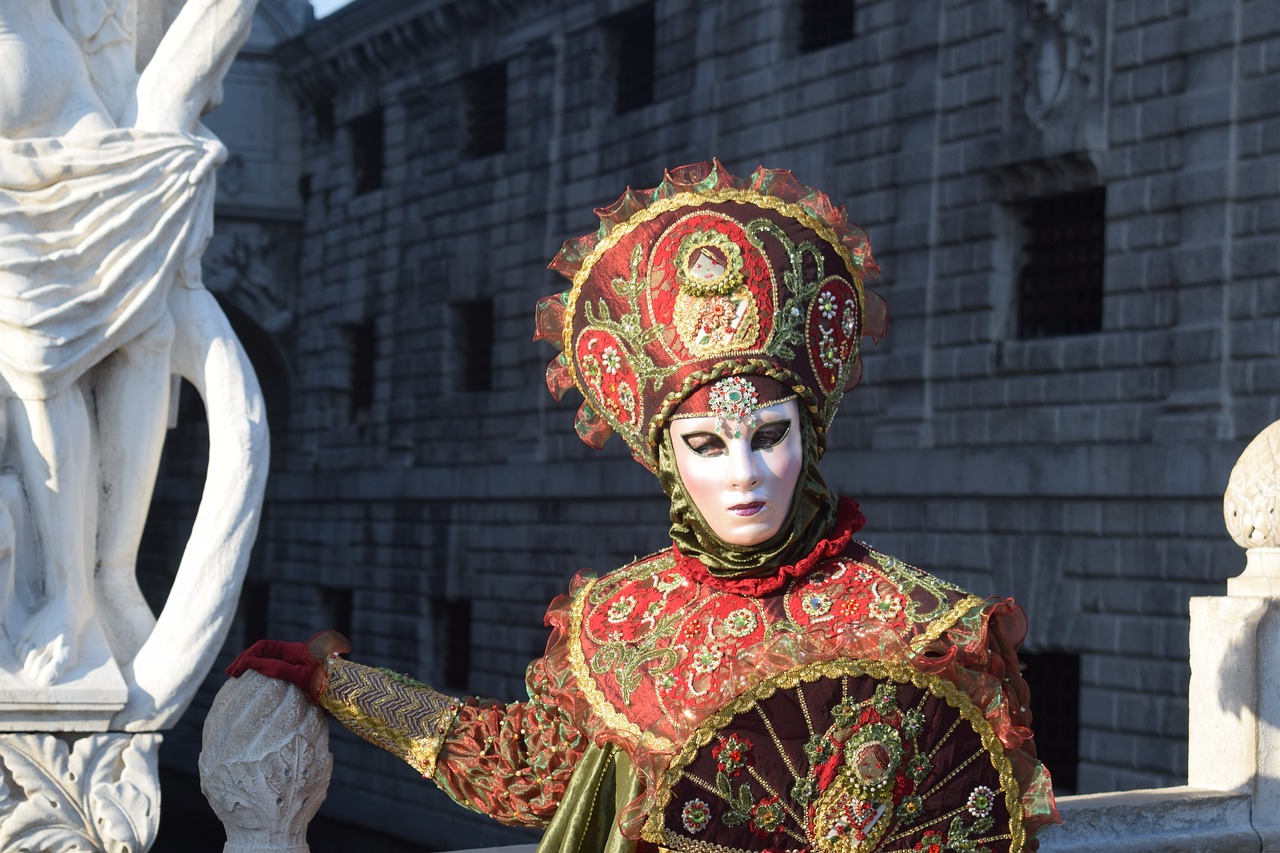
Calypso and Soca Music
Calypso and Soca music are the heartbeats of Trinidad and Tobago Carnival, infusing the festivities with infectious rhythms and lively melodies that keep the party going. Calypso, with its roots in African traditions and storytelling, is known for its witty and often satirical lyrics that touch on social and political issues. On the other hand, Soca music, a fusion of calypso, funk, and soul, brings a modern and energetic vibe to the celebration, encouraging revelers to dance and let loose.
During Trinidad and Tobago Carnival, the air is filled with the sounds of steel drums and the pulsating beats of calypso and Soca music, creating an electrifying atmosphere that captivates both locals and visitors alike. The music serves as a unifying force, bringing people of all backgrounds together to celebrate the rich cultural heritage of the islands.
Calypso and Soca artists play a crucial role in shaping the soundscape of Trinidad and Tobago Carnival, with competitions such as the International Soca Monarch and Calypso Monarch drawing huge crowds and showcasing the talents of performers from across the Caribbean. These competitions not only highlight the musical prowess of the artists but also serve as platforms for cultural expression and creativity.
As the sun sets over the vibrant streets of Port of Spain, the infectious rhythms of calypso and Soca music fill the air, inviting revelers to join in the revelry and dance the night away. Whether you're a seasoned Carnival-goer or experiencing the festivities for the first time, the music of Trinidad and Tobago Carnival is sure to leave a lasting impression, echoing in your ears long after the celebration has ended.
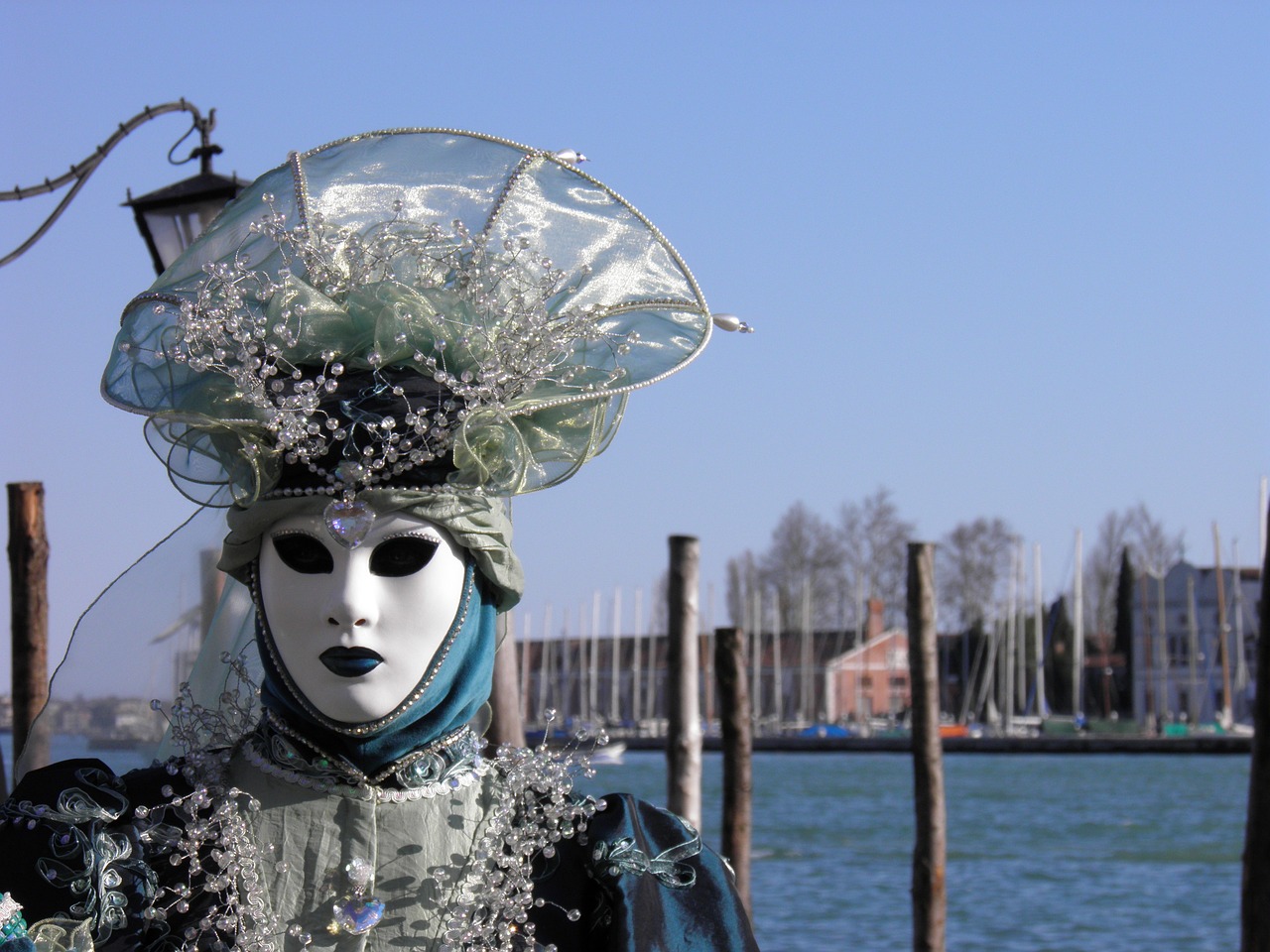
Steelpan and Steelband Competitions
Steelpan and Steelband Competitions are at the heart of Trinidad and Tobago Carnival, infusing the festivities with the soul-stirring sounds of these unique musical instruments. The steelpan, often referred to as the steel drum, is a percussion instrument invented in Trinidad and Tobago, making it an integral part of the island's culture and identity. The steelpan competitions showcase the exceptional talent and creativity of local steelbands, who compete fiercely to claim the title of champion.
During the Steelpan and Steelband Competitions, the air is filled with melodious tunes as steelbands deliver captivating performances that mesmerize both judges and spectators. These competitions are not just about music; they are a display of skill, precision, and passion for the art form. Each steelband meticulously prepares their repertoire, incorporating complex arrangements and rhythmic patterns that demonstrate their musical prowess.
Steelpan and Steelband Competitions are not only a celebration of music but also a testament to the rich cultural heritage of Trinidad and Tobago. The vibrant energy and infectious rhythms of the steelbands resonate throughout the carnival, creating an electrifying atmosphere that draws people from all corners of the globe. It is a true spectacle to witness the steelbands in action, their synchronized movements and harmonious melodies captivating audiences and evoking a sense of unity and joy.
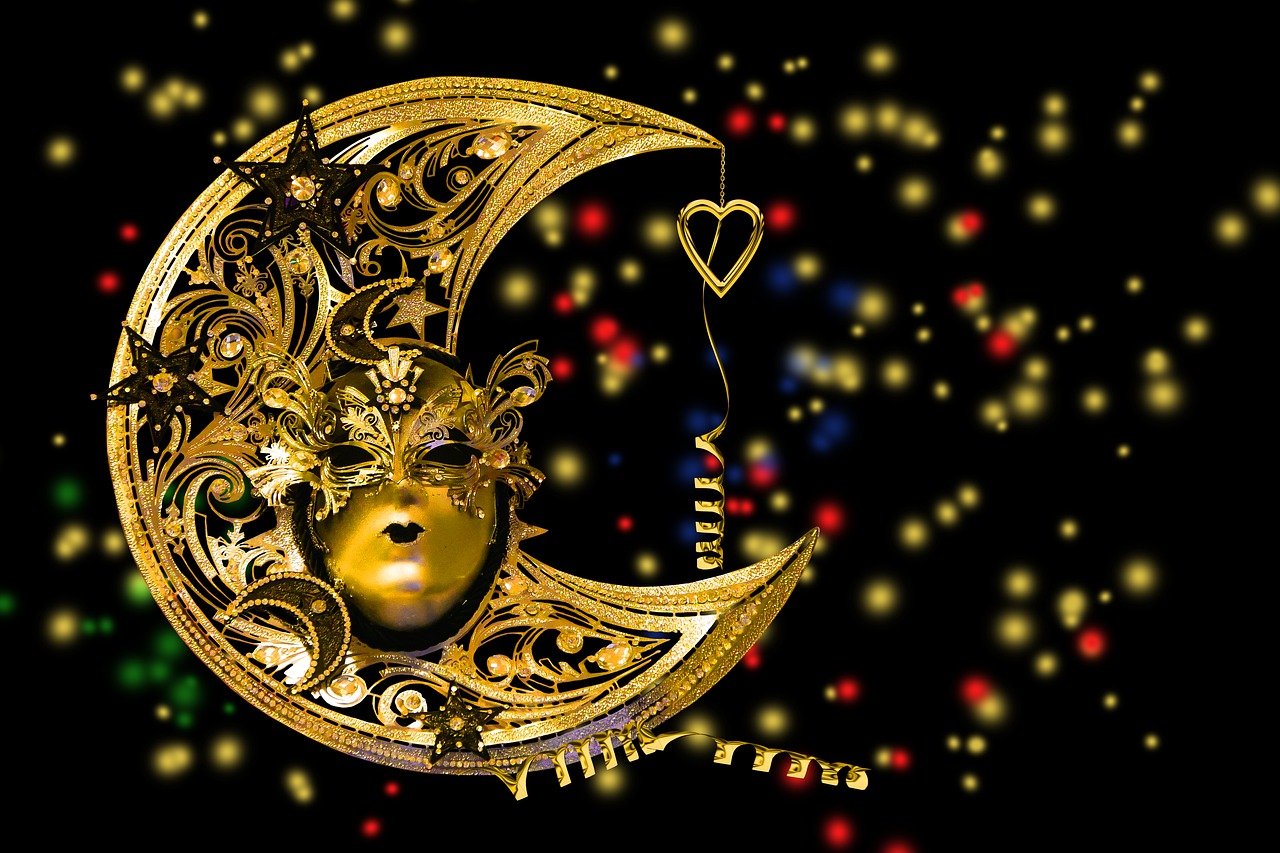
Traditional Carnival Characters
Trinidad and Tobago Carnival is not just about the music and the dancing; it's also a vibrant showcase of traditional carnival characters that add a unique flair to the festivities. These characters, steeped in folklore and history, bring a touch of mystique and excitement to the streets of Port of Spain during the carnival season.
One of the most iconic figures is the 'Jab Jab,' a mischievous character dressed in ragged clothing and covered in black oil. The Jab Jab is known for his wild antics and energetic dancing, captivating onlookers with his spirited performance. Then there's the 'Midnight Robber,' a flamboyant and theatrical character adorned in colorful costumes and armed with dramatic monologues. The Midnight Robber struts through the streets, regaling spectators with his bold proclamations and larger-than-life presence.
Adding to the mix is the 'Moko Jumbie,' a towering stilt walker who glides gracefully above the crowds, showcasing incredible balance and skill. The Moko Jumbie is a symbol of strength and resilience, embodying the spirit of overcoming obstacles. Another popular character is the 'Baby Doll,' a playful and flirtatious persona dressed in frilly dresses and bonnets, charming onlookers with her innocence and coyness.
These traditional carnival characters, each with their own story and significance, come together to create a tapestry of culture and heritage that enlivens the streets of Trinidad and Tobago during Carnival. Their presence adds depth and richness to the celebration, inviting spectators to immerse themselves in the magic and folklore of this vibrant event.

Food and Drink of Carnival
When it comes to the vibrant and energetic Trinidad and Tobago Carnival, the flavors of the festivities are just as exciting as the music and costumes. The food and drink of Carnival play a vital role in enhancing the overall experience, offering a taste of the rich culinary heritage of the islands.
One of the must-try dishes during Trinidad and Tobago Carnival is the famous doubles. This beloved street food consists of two flatbreads filled with curried chickpeas, tamarind sauce, and various chutneys, creating a symphony of flavors that dance on your taste buds.
For those looking for a hearty meal to fuel their Carnival celebrations, the traditional callaloo is a perfect choice. This flavorful dish is made from dasheen leaves, okra, and various seasonings, cooked to perfection and served with a side of rice and provisions.
When it comes to drinks, the star of the show is undoubtedly the refreshing and vibrant sorrel drink. Made from the petals of the sorrel plant, this tangy beverage is sweetened with sugar and spiced with cloves and cinnamon, creating a festive drink that is enjoyed by locals and visitors alike.
Additionally, no Carnival experience is complete without indulging in some rum punch. This potent cocktail, made from a blend of rum, fruit juices, and a hint of nutmeg, is the perfect companion to the lively atmosphere of the celebrations, adding an extra kick to the festivities.
As you navigate the colorful streets of Trinidad and Tobago Carnival, be sure to sample the diverse array of food and drink offerings that showcase the culinary diversity of the islands, adding a delicious dimension to the already vibrant celebration.
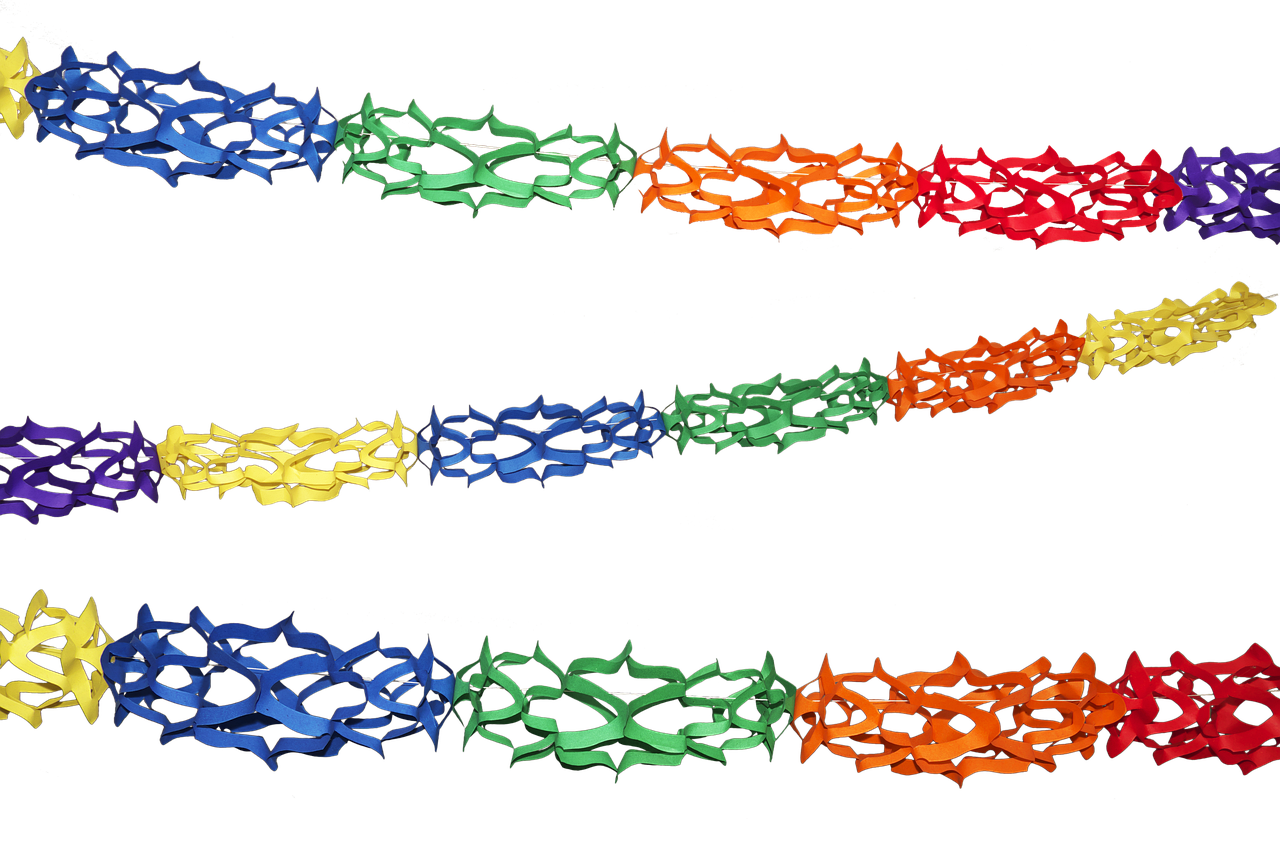
Parade Routes and Grand Stand
When it comes to the vibrant festivities of Trinidad and Tobago Carnival, the Parade Routes and Grand Stand play a crucial role in bringing the celebration to life. The parade routes wind through the streets, pulsating with the energy of costumed revelers, lively music, and vibrant floats that create a kaleidoscope of colors and sounds. Spectators line the streets, eagerly awaiting the procession of masquerade bands and traditional characters that add a touch of folklore and excitement to the event.
The Grand Stand stands tall as a focal point of the Carnival, offering a prime viewing spot for spectators to witness the spectacle unfolding before their eyes. From this vantage point, one can marvel at the intricate details of the costumes, the synchronized movements of the dancers, and the sheer exuberance that fills the air. It's a front-row seat to the dazzling display of culture, creativity, and community spirit that defines Trinidad and Tobago Carnival.
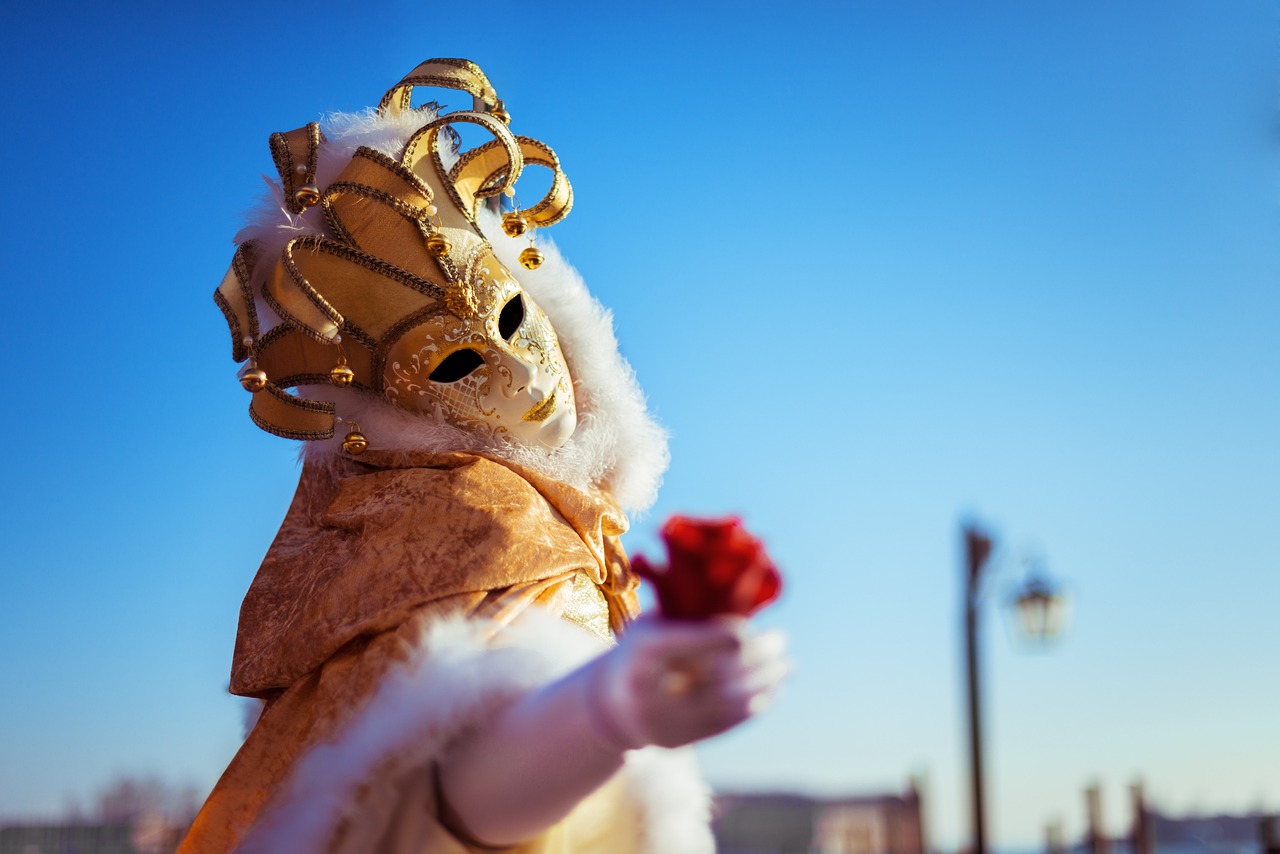
Pre-Lenten Festivities and J'ouvert Morning
Pre-Lenten Festivities and J'ouvert Morning are integral parts of the vibrant Trinidad and Tobago Carnival, setting the stage for the exhilarating celebration to come. The pre-Lenten period is a time of anticipation and preparation, where locals and visitors alike eagerly await the festivities that will unfold. J'ouvert Morning, which translates to "daybreak" in French, marks the official start of the Carnival celebrations, kicking off in the early hours before dawn.
During the Pre-Lenten Festivities, the air is filled with excitement as the streets come alive with music, dancing, and colorful costumes. Revelers gather to partake in street parties known as "fetes," where the pulsating rhythms of calypso and soca music create a festive atmosphere. It's a time for communities to come together, showcasing their creativity and spirit through elaborate costumes and lively performances.
J'ouvert Morning, the highlight of the pre-Carnival events, is a spectacle like no other. Participants cover themselves in paint, mud, or oil, symbolizing a cleansing of the soul before the Lenten period begins. The streets are transformed into a canvas of vibrant colors as masqueraders parade through the streets, dancing to the infectious beats of steelpan music.
The tradition of J'ouvert Morning dates back to the 19th century when freed slaves celebrated their emancipation with jubilant street processions. Today, it remains a symbol of freedom, unity, and cultural pride, attracting revelers from around the world to experience the unique energy and excitement of Trinidad and Tobago Carnival.
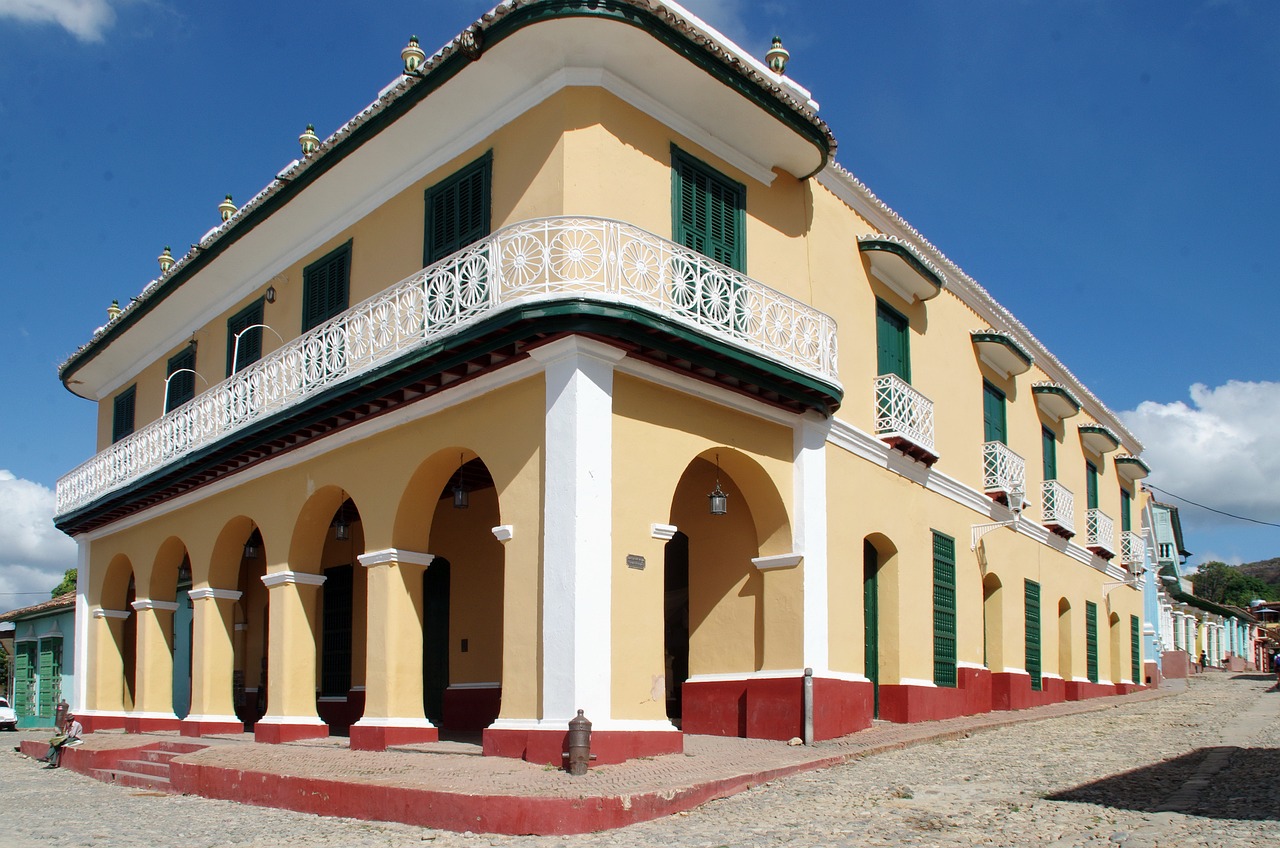
Impact of Trinidad and Tobago Carnival
Trinidad and Tobago Carnival holds a profound impact on the cultural landscape of the Caribbean and beyond. This vibrant celebration serves as a melting pot of diverse traditions, music, and artistry, fostering a sense of unity and pride among participants and spectators alike. The carnival's influence extends far beyond its shores, attracting visitors from around the globe to partake in the revelry and experience the rich tapestry of Caribbean culture.
One of the most significant impacts of Trinidad and Tobago Carnival is its role in promoting cultural exchange and understanding. Through colorful displays of music, dance, and costumes, the carnival showcases the unique heritage of the islands, inviting people from all walks of life to come together in celebration. This cultural exchange fosters connections and bridges gaps, creating a sense of camaraderie that transcends borders and unites individuals in a shared experience of joy and festivity.
Furthermore, Trinidad and Tobago Carnival plays a vital role in preserving and promoting traditional art forms and practices. From the rhythmic beats of calypso and soca music to the intricate craftsmanship of masquerade costumes, the carnival serves as a platform for artists and performers to showcase their talents and keep age-old traditions alive. By celebrating these cultural expressions, the carnival not only honors the past but also ensures their continuity for future generations to appreciate and enjoy.
Moreover, the economic impact of Trinidad and Tobago Carnival cannot be overlooked. The festival attracts a significant influx of tourists and generates revenue for local businesses, hotels, and restaurants. This boost to the economy helps support livelihoods and create opportunities for growth and development within the community. Additionally, the carnival serves as a platform for cultural entrepreneurs to showcase their products and services, further contributing to the economic vibrancy of the region.
In essence, Trinidad and Tobago Carnival leaves a lasting impression on all who experience its magic. Its cultural significance, global reach, and economic benefits make it a cornerstone of Caribbean identity and a testament to the power of celebration and unity. As the rhythms of calypso fill the air and the streets come alive with color and energy, the impact of Trinidad and Tobago Carnival reverberates far and wide, leaving a legacy of joy, creativity, and cultural pride.
Frequently Asked Questions
- What is the history behind Trinidad and Tobago Carnival?
The Trinidad and Tobago Carnival has a rich history that dates back to the 18th century when French colonists brought their traditions of masquerade balls and street parties to the island. Over time, the celebration evolved to incorporate African and East Indian influences, becoming a vibrant fusion of cultures that we see today.
- How are costumes and masquerade bands significant in Trinidad and Tobago Carnival?
Costumes and masquerade bands play a crucial role in the Trinidad and Tobago Carnival, as they showcase the creativity, artistry, and cultural expression of the participants. These elaborate costumes often tell stories or represent themes, adding a visual spectacle to the festivities.
- What is the significance of calypso and soca music in Trinidad and Tobago Carnival?
Calypso and soca music are the heartbeats of Trinidad and Tobago Carnival, providing the infectious rhythms and melodies that energize the celebrations. These musical genres not only entertain the crowds but also serve as a form of social commentary and storytelling, reflecting the spirit and energy of the event.
- What are some traditional characters one can encounter during Trinidad and Tobago Carnival?
Trinidad and Tobago Carnival is filled with colorful and iconic characters such as the mischievous Jab Jab, the elegant Midnight Robber, and the playful Baby Doll. These characters add a touch of folklore and tradition to the festivities, creating a unique and immersive experience for participants and spectators alike.
- How does Trinidad and Tobago Carnival impact the local culture and global community?
Trinidad and Tobago Carnival plays a significant role in promoting unity, diversity, and cultural exchange both locally and internationally. The event showcases the rich heritage of the Caribbean region and fosters a sense of pride and camaraderie among participants and observers from around the world.













